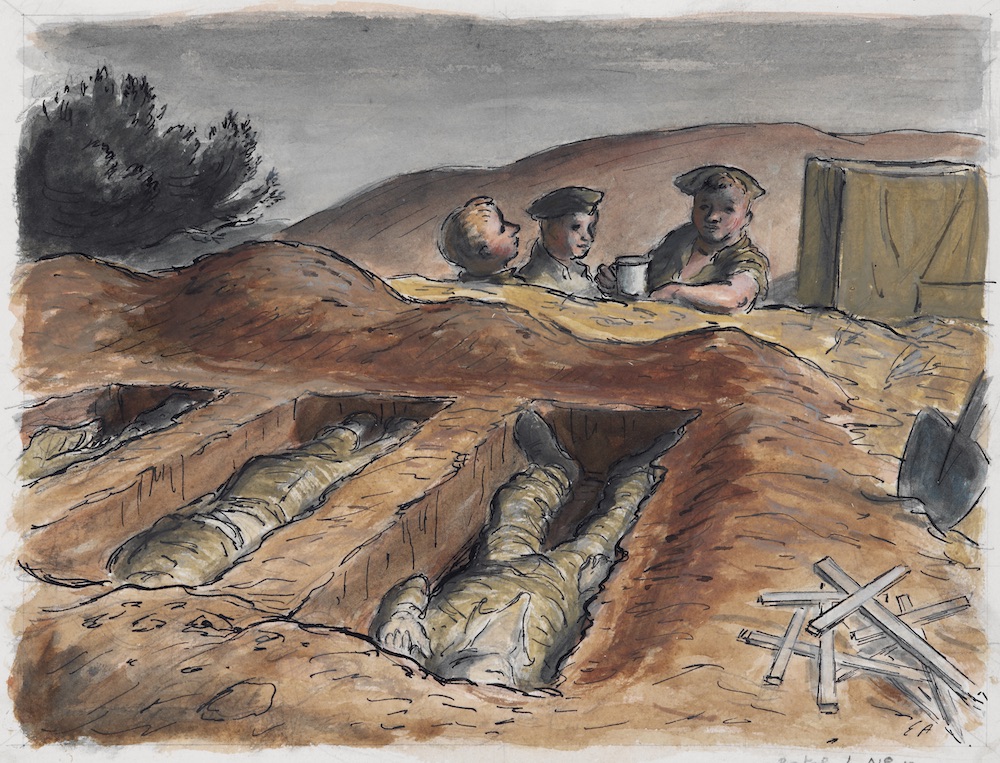Post
EXHIBITION | Ardizzone: A Retrospective
3 Oct 2016
Andrew Humphreys visits the Edward Ardizzone exhibition at the House of Illustration in Granary Square, King's Cross.
In recent times, a bunch of artists from the mid 20th century who embody a kind of bucolic Englishness that has traditionally caused cosmopolitan critics to squirm uncomfortably, have been welcomed back into the fold. A mini publishing industry currently exists around the likes of Edward Bawden and Eric Ravilious. Now it’s the turn of Edward Ardizzone, thanks to a just opened show at London’s House of Illustration.
Ardizzone is a harder sell than the other two, who were ‘fine artists’ working in watercolours and printmaking. Ardizzone was unapologetically commercial and worked on a small canvas: he was an illustrator. His forte was little vignettes of street life, drawn with amusement from close observation. His milieu was London, more specifically Maida Vale, where he lived for over 50 years. It’s not that he wasn’t well travelled: he worked as a salaried war artist attached to the British Expeditionary Force in France and Belgium in 1940, and went on to record the conflict in Italy and North Africa (some of this work forms part of the exhibition). He also made extensive journeys of the imagination to illustrate countless books from Twain’s adventures of Tom Sawyer and Huckleberry Finn to children’s books by Graham Greene (again, all represented in the exhibition). But his best work concerns London. We’d pick out the series of drawings he did around 1938–39 for a book called The Local. Ardizzone worked from his studio at the family home at 130 Elgin Avenue and each day he’d take his lunch break in a nearby pub and often return there for a pint or two in the evening. With text by his friend Maurice Gorham, The Local is a paean to the qualities of the neighbourhood boozer with sketches of bowler-hatted regulars propping up the bar, barmaids applying lipstick and old gents approaching a doorway that blazes light onto a darkened street like a stained-glass Crucifixion window in a church apse. He’s the Toulouse-Lautrec of Little Venice.
Some things never change: although written 75 years ago, the text (which you can read in a beautiful 2010 reprint from Little Toller Books) moans that too many of these places are being tarted up by developers and losing their character. You could have heard the same conversation in some of the very same pubs (those that survive) just last week.
Speaking of development, you’ll find the House of Illustration in the Granary Complex, part of the exciting new development around Kings Cross station. If you missed the recent London Society tour, here’s the chance to explore on your own.
‘Ardizzone: A Retrospective’ is on until 22 January 2017, www.houseofillustration.org.uk
